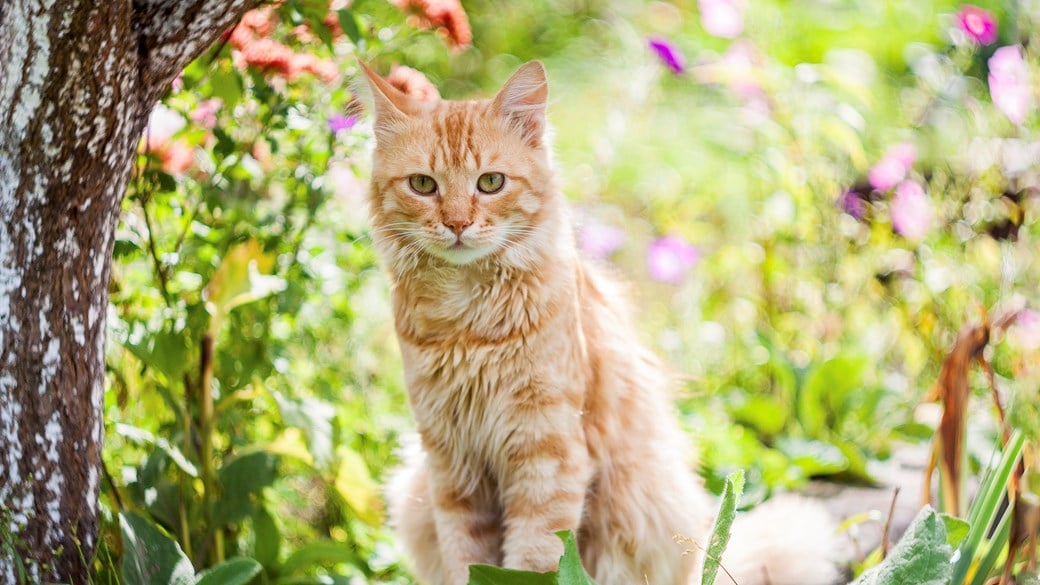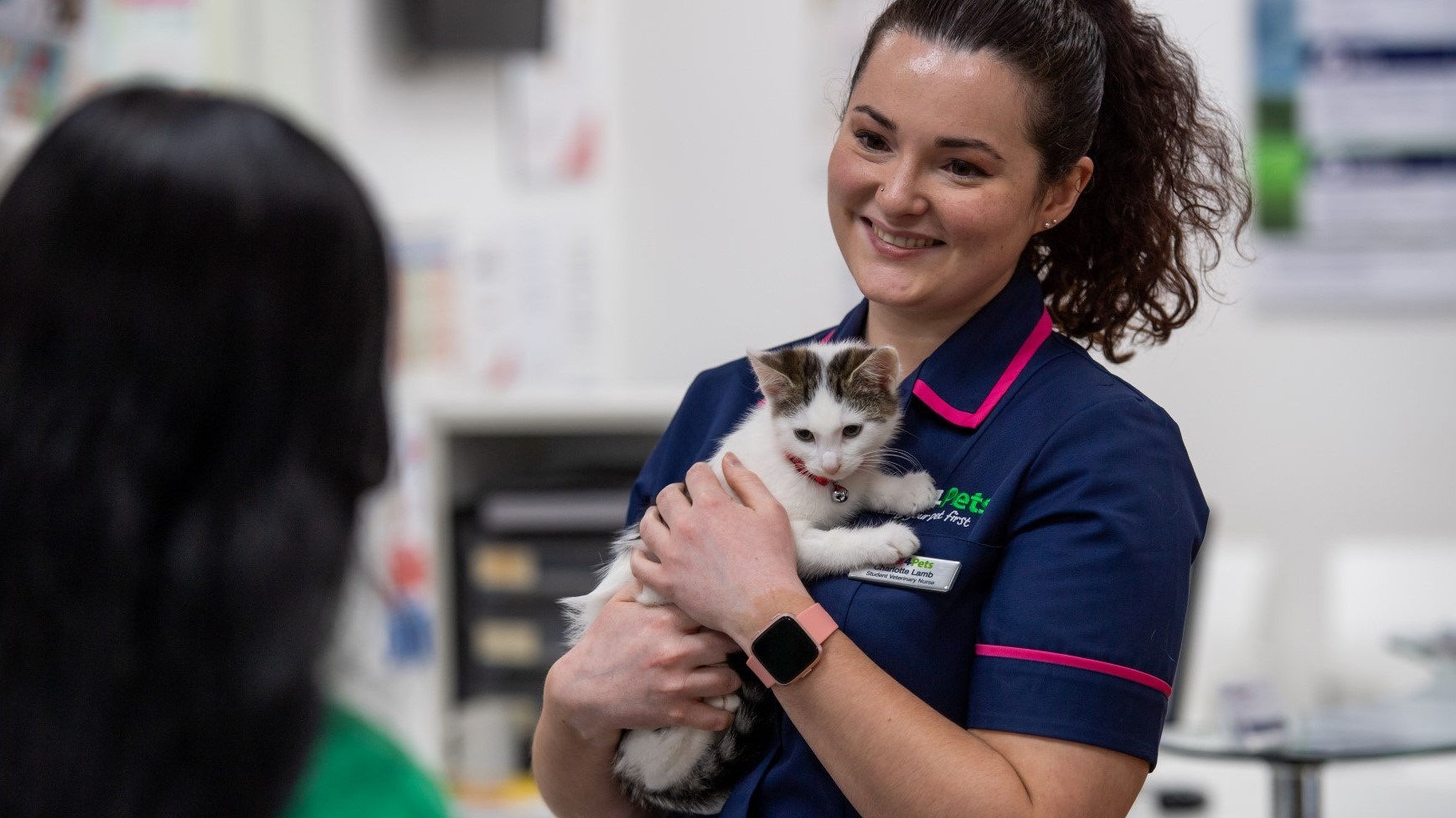
Heatstroke In Cats
Originating from the desert, cats are generally very comfortable in the heat and can often be found stretched out sunbathing.
When it gets hot in the summer months, cats mainly cool down by sleeping and resting more in cool, shady spots. Take a look at our advice below on the signs of heatstroke in cats and how you can help to prevent it.
If you think your cat has heatstroke, contact your local vet as soon as possible.
Read more about heatsrtoke in cats
While more commonly seen in dogs, heatstroke can affect cats, especially if they are trapped in a hot area such as a conservatory, car, flat or greenhouse.
Heatstroke in cats occurs when the body temperature rises to dangerous levels and, because of the environmental conditions, it is impossible for your cat to get rid of excess heat. Unfortunately, this can happen rapidly and can often be fatal. It’s important to know the signs of heatstroke in cats and contact your vet immediately if you think your cat is suffering from heatstroke.
Very old or young cats, cats which are obese or have flat faces, or long hair cats such as Persians, are more at risk from heatstroke, and extra care should be taken in these cases.
Signs of heatstroke in cats are similar to dogs, however, they can be more subtle, and include:
- Panting
- Drooling/salivating
- Agitation or restlessness
- Bright red tongue
- Very red or pale gums
- Increased heart rate
- Signs of mental confusion
- Vomiting and diarrhoea (possibly with blood)
- Weakness, lethargy, muscle tremors and dizziness
If you notice any of the above symptoms in your cat, it’s likely they are suffering from heat stroke. Whilst it’s important to get your cat to a vet as soon as possible, you can try any of the following actions to try to regulate your cat’s body temperature before you reach your vet:
- Remove your pet from the heat immediately.
- Spray cool water on the cat’s fur, and place them in front of a fan if possible to maximise heat loss.
- Placing your cat in a wet environment, such as a damp towel, will help regulate their body temperature.
Ensure when placing water on your cat that it is not ice-cold water - this can worsen the problem. Even if your cat seems ok - it is vital to get them to a vet, as conditions can develop over time.
It’s important to create an environment your cat can enjoy in the summer weather. To ensure heat exhaustion in your cat is eliminated, try the following tips:
- Have a cool and well-ventilated place in your home for your pet that they can escape to when the heat gets too much for them. Outdoor pets should always have access to some form of shade.
- Provide your cat to fresh, clean drinking water at all times.
- Never leave your cat in a car, as temperatures can rise extremely quickly, even on midler days.
- Play with cats indoors or limit activity on hot days.
- Avoid hot sand, concrete or asphalt in your garden unless shade is provided, as these materials absorb heat and will be too hot for cats.
Yes! White or pale-coloured cats are most vulnerable to UV radiation from the sun, especially on their noses and ears, as these areas have less protective fur.
Just like in people, sunburn can lead to skin cancer in cats. Sadly, the development of cancer often requires surgery for treatment to remove the affected area. Early detection is the key to managing skin cancers if they develop, so keep a close eye on your cat, and take them to the vet if you spot any skin changes.
You can help minimise the risk of sunburn to your cat in two ways:
- Keep them inside on very sunny days – if your skin would burn, so would theirs. Keeping them inside removes the risk of sunburn.
- Apply cat-friendly sunscreen – just like us, cats can use protective sunscreen to look after their delicate areas. Apply it to the nose and ears especially, but anywhere the fur is thin needs protection. Cats can quickly remove sunscreen by grooming, so it will need to be kept topped up!
If you’re driving with your cat in the car, never leave them alone. Even with the windows partially open, the temperature can rise to 120 degrees on a warm day! This can lead to heatstroke in cats which can be fatal. During a car journey, make sure your cat is in shade. You can use a window shade for them. If the car feels too hot to you during a journey, then it’s also too hot for your cat!
On hot days you need to fill up your pet’s water bowl a lot more frequently. Add a few ice cubes to the water to make it extra cool and tempting. Put their water bowl in a quiet, cooler area out of direct sunlight. Some cats also like to drink from novel places so it might be worth considering a water fountain or multiple water bowls dotted around the house.
Health Plans to keep your cat healthy
At Vets4Pets we offer a range of Health Plans that make essential routine treatments more affordable. You'll save money on things like annual vaccinations, flea and worm treatment and routine health check-ups.

Cat Advice
Read more of our expert cat advice to keep your cat happy and healthy.
